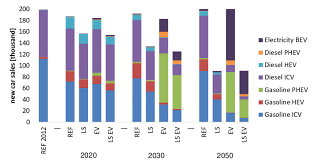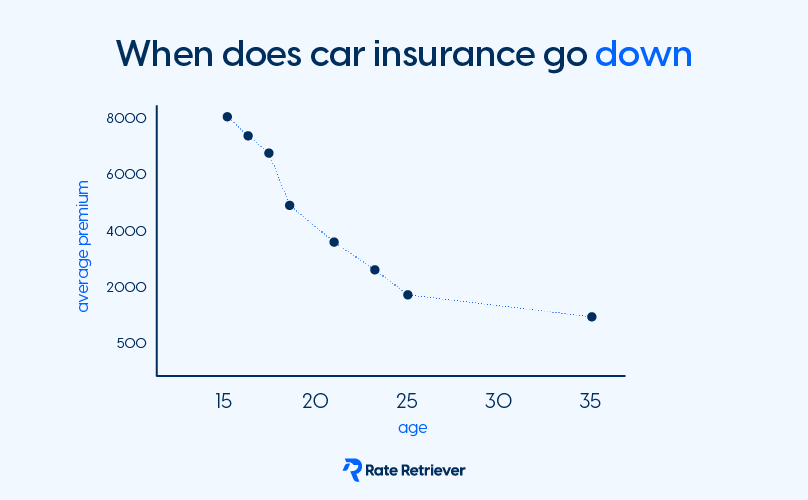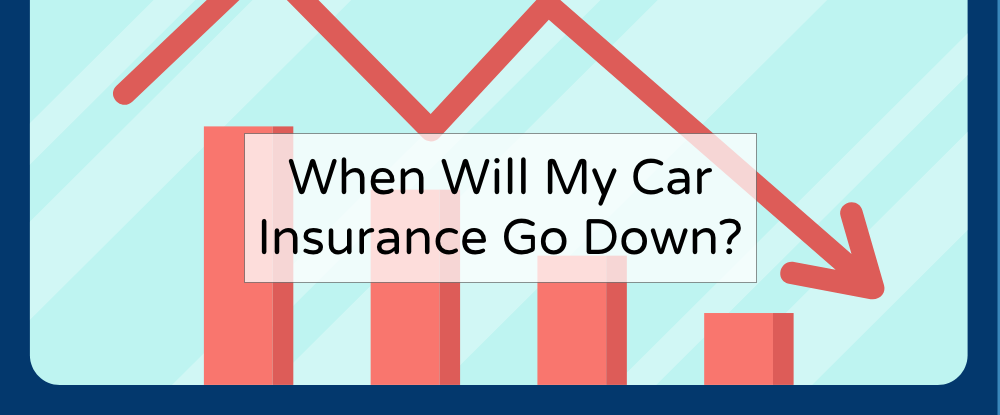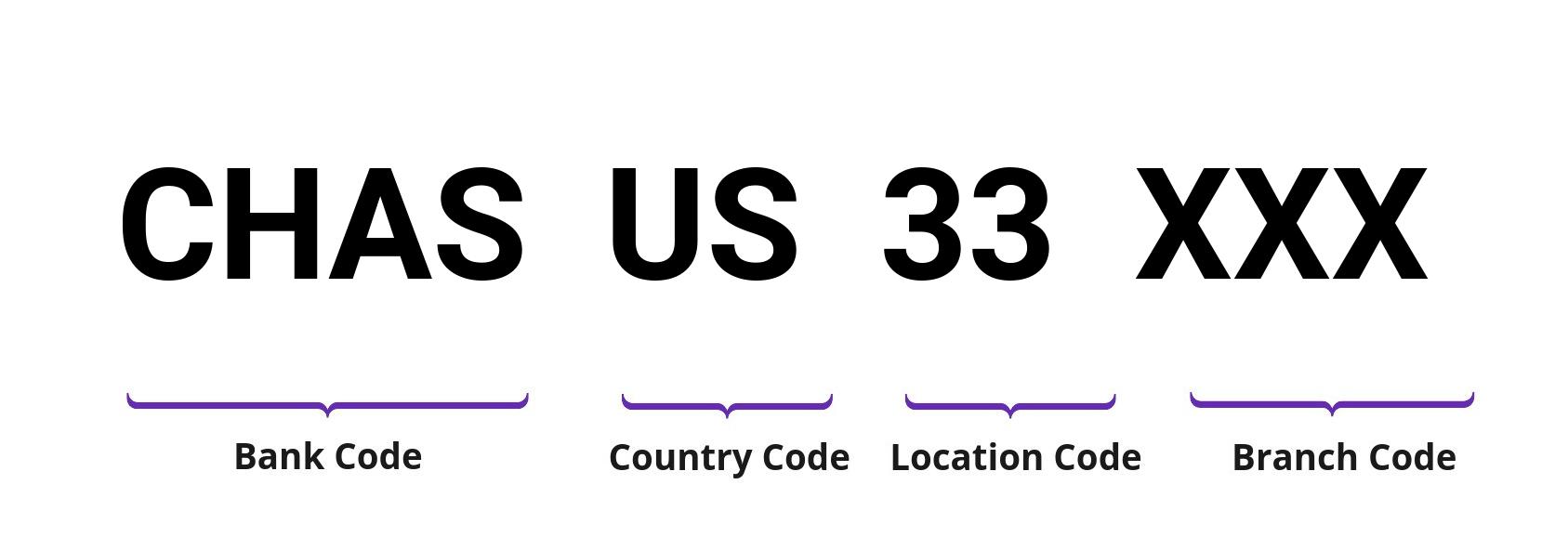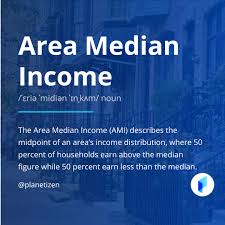If you’ve ever wondered, “What exactly is a car insurance deductible?” you’re in the right place. Let’s break it down in simple terms.
A car insurance deductible is the amount you pay out of pocket when you make a claim before your insurance kicks in to cover the rest. Most auto insurance coverages, including collision, comprehensive, uninsured motorist, and personal injury protection, come with a deductible.
You generally have the option of choosing between a low or high deductible. A lower deductible usually means higher insurance rates, while a higher deductible lowers your premium but increases what you pay if something happens.
How Do Car Insurance Deductibles Work?
Each time you file a claim, you are responsible for paying your deductible. Once you pay it, your insurance covers the remaining costs to repair or replace your vehicle. Unlike some insurance policies that have annual deductibles, car insurance deductibles are per claim.
The most common coverages with deductibles are collision and comprehensive insurance.
Example 1: You have a $500 deductible and $3,000 in damage from hitting a deer. Your insurance will cover $2,500, and you’ll pay the $500 deductible.
Example 2: You have a $300 deductible and $1,200 in damage from hitting a light pole. Your insurance will pay $900, and you’ll pay $300.
For more details on how collision and comprehensive coverage works, check out Insurance Information Institute.
High vs. Low Deductible: Which is Better?
Choosing between a high and low deductible depends on your financial situation and risk tolerance:
- High deductible: Lower premiums but higher out-of-pocket costs if you file a claim.
- Low deductible: Higher premiums but lower costs when making a claim.
Most drivers pick a deductible around $500. Car insurance deductibles usually range from $100 to $2,000.
Pro tip: If you live in an area with frequent windshield damage, consider a lower deductible or even a $0 deductible for glass replacement coverage. Learn more about state-specific insurance rules at National Association of Insurance Commissioners.
How Your Deductible Impacts Your Rate
Generally, the higher your deductible, the lower your insurance premium. For example, increasing your deductible from $100 to $250 usually results in a lower monthly rate.
When Do You Pay Your Deductible?
You pay your deductible once your claim is approved and the insurance company issues a payout. For instance, if your claim totals $5,000 and your deductible is $250, your insurance will pay $4,750.
Typically, the deductible is paid directly to the repair shop or deducted from your reimbursement check if you initially cover the repair yourself.
For guidance on filing claims and understanding out-of-pocket costs, visit Consumer Reports Auto Insurance.
Key Takeaways:
- A car insurance deductible is the amount you pay before your insurance covers the rest.
- You can choose a high or low deductible based on your financial comfort and risk tolerance.
- Higher deductible = lower premium, more out-of-pocket if a claim occurs.
- Lower deductible = higher premium, less out-of-pocket if a claim occurs.
- Consider your location, driving history, and likelihood of filing claims when choosing a deductible.







